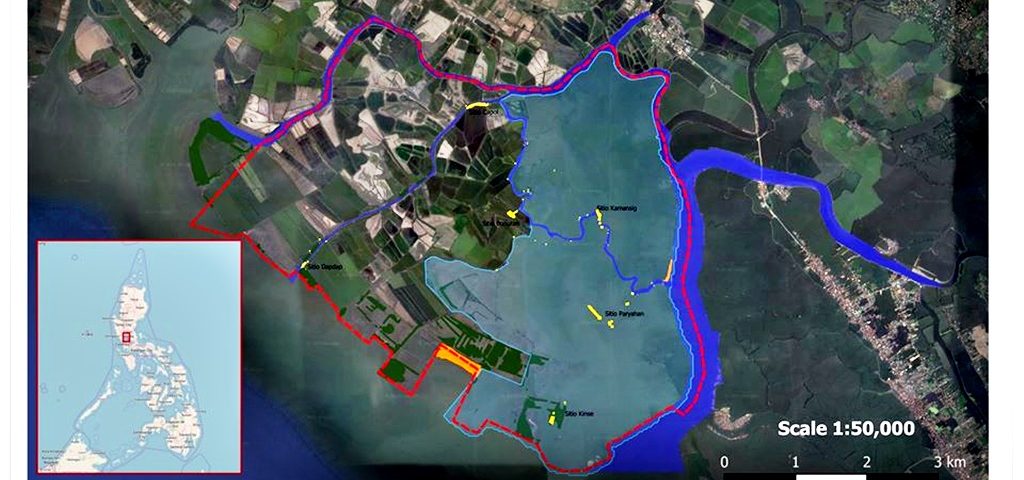SMC’s mudcrab ‘growing’ gimmick won’t absolve them from their crimes against the environment and the people — PAMALAKAYA
Manila, Philippines — The militant fishers group Pambansang Lakas ng Kilusang Mamamalakaya ng Pilipinas (PAMALAKAYA) on Friday slammed what they call as ‘greenwashing’ of the San Miguel Corp. (SMC) in a vain attempt to absolve itself from its crimes against the environment and the people.
SMC has recently announced that they will grow mudrabs for culture in addition to their mangrove rehabilitation program in Hagonoy, Bulacan, which will also be covered by the 2,500-hectare international airport, dubbed as ‘aerotropolis’.
In a statement, PAMALAKAYA said that despite the mudcrab growing project, the SMC is still pushing through with its “destructive reclamation project” to pave way for the internatinoal airport.
“How ironic that the company behind this mangrove planting and mudcrab growing is the same company that will reclaim the productive fishing waters of Bulacan to construct a dangerous project and will entail displacement of thousands of fishers and coastal families. No amount of mangrove planting and mudcrub production would restore the shattered mangrove areas, fishpens, and degraded marine and fishery resources caused by reclamation,” Fernando Hicap, PAMALAKAYA National Chairperson said in a statement.
In 2018, PAMALAKAYA added, around 600 mangrove trees have been cut down in Brgy. Taliptip, Bulakan, Bulacan.
The fishers’ group also said that the mangroves and mudcrab project would less likely lessen the flooding in Bulacan.
“There can never be a flood mitigation measures on the airport because the project itself is a flood facilitator, and will further the land subsidence and rising sea levels, as already proven by many geologists and environmental experts,” Hicap added.
PAMALKAYA’s Hicap cited the Chicago-based geologist Dr. Kelvin Rodolfo who identified three geological hazards of reclamation that are relevant to the country’s situation; namely, the danger of land subsidence; danger of storm surge and strong waves caused by typhoon; and danger from seismically induced liquefaction.
For its part, a progressive group of scientists AGHAM said that SMC’s “ambitious commercial-scale” production will require high capital input for hatchhery and grow-out phases of culture, extensive management and sales training that might overwhelm fisherfolk.
“At the end of the day, who will benefit from these crabs? Furthermore, the mangroves at the site are newly planted and will not be ideal for crab aquasilviculture for a few years. Mass mortalities may be expected as the area is also open to harsh conditions, such as waves and storm surges,” Jerwin Baure, a marine biologist from AGHAM and PAMALAKAYA’s resident fisheries expert said.
“We see this as the ‘softer approach’ setup to cushion public criticism, alongside on the ‘hard tactics’ of armed personnels of the military directly threatening and harassing fisherfolk residents of Brgy. Taliptip,” Hicap slammed.
PAMALAKAYA and AGHAM reiterated their call to terminate the airport project in Bulacan, and stop all reclamation activities across Manila Bay. ###
